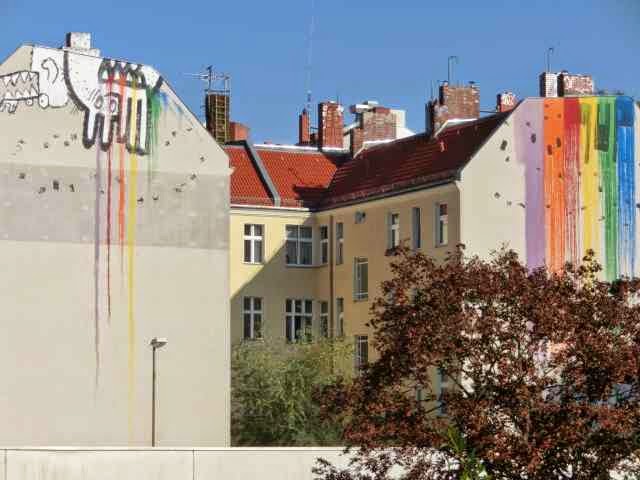Today I am posting as part of the Around the World Blog Hop. I was 'tagged' by Alison Schwabe. Alison currently lives in Uruguay, but I first met her when she was based in Perth , Western Australia. This is a link back to Alison Schwabe's blog. When I first saw Alison's work, she was working on a series called 'Ebb and Flow' which I still love. If you want to see more of Alison's quilts click the link to her blog and choose 'galleries'.
As part of the blog hop we are asked to answer four questions.
1. What am I working on?
2. How does my work differ from others of its genre?
3. Why do I write/create what I do?
4. How does my writing/creating process work?
I am working on a textile piece for a show in the UK.
I belong to a group called 'Though Our Hands' and we are having a group exhibition next year. Here are the details. The Show is to be called "THe Liberated Quilt: New Work From Through Our hands" at Bilston Craft Gallery from 9th of May to 4th of July 2015.
Anyway, as I said, I am working on a piece for this exhibition, here is what I have so far, but I have plans, and it won't look much like this at the end. The final piece will be dyed whilst it is hanging on the wall of the gallery (as long as the gallery can cope with that).
These are actually completely white pieces but they are extremely hard to photograph so I put it on the table so there was some color coming through. I have no idea why it turned out so blue but it gives the idea. here it is, in front of the window so you can see that it is translucent.
You are seeing my neighbor's house and the hills on the other side of the valley.
Today I also dyed 20 metres of fabric for my own use and to sell at a market day coming up. I WILL get around to ironing them before the day of the sale.
How does my work differ?
Hmmm well no-one I know of dyes their work on the wall of the gallery, so thats pretty different!
Here is a before shot of one of my installations in Objectspace, an Auckland Gallery and below is what it looked like after red and yellow dye had run down it for a few days.
My work usually has some kind of theme, in the past I have made quilts about pollution, the weather, climate change and human genetics. I'm not against decorative quilts, I make that kind for the beds in my own house, but the quilts or textiles that I exhibit usually have a message somewhere.
My current series was inspired by a remark that you could predict the next seasons trendy colors by looking at dye pollution in rivers on Google Earth. Then I started thinking about all that dye getting into the food that people eat so the bowls at the bottom have food in them.
3. Why do I create the things I do?
I really like to draw people's attention to issues, and I just happen to do that with fabric and thread. I originally trained as a radiographer and then did a science degree and then did an art course specializing in printmaking. I like to make stuff with my hands and I like to show people new ways of looking at issues.
4. How does my creative process work?
Well I went to art school, and I was trained to write everything down. Every idea, every new recipe, every artist who might have influenced my ideas. We were trained to constantly ask ourselves why we were doing something. So I have masses of sketch books, full of 'stuff', even after graduating ages ago, I still write stuff down. I do a lot of research, I sketch, I make samples.
 |
| Some of my sketchbooks |
 |
| Inside my current sketchbook |
The next people I have tagged on the blog hop are:
Shirley Goodwin, from Oamaru, New Zealand.
Lisa Call, from Denver, Colorado.
Shirley is a quilter, a dyer extraordinaire and also teaches for the Academy of Quilting.
I met Lisa Call at least 22 years ago, on Quiltnet, we connected because we both had kids the same age and were struggling to be creative as well as be parents of young children. When she came to New Zealand with her family we met in person. Her style of quilting has evolved hugely in that time, and now instead of being a computer programmer, she is a professional and very successful quilter and quilt teacher. Lisa is coming back to NZ, this time to teach at Fiberarts NZ in Whanganui on April 12-18th 2015.
















































